The Zen Temple of Guanyin, the goddess of compassion, was built around an ancient gingko tree and a natural spring. It can be found on the outskirts of Xi’an, among the Zhongnan Mountains. The journey can begin from Ti Yu Chang. Take bus 14, transfer to 916, then have a snooze through the next forty stops. The bus makes a brief stop near Phoenix Ridge, then guests trudge up the mountainside road. 古观音禅寺坐落西安市长安区终南山北麓的凤凰岭下,于一棵古银杏树和一个古泉旁。从体育场站坐14路公交车,转916路,在车上打个盹儿,大约坐40站后,公交车在凤凰岭停靠,游客下车步行于山坡路。
Around the temple, there are salespeople of all sorts; included among their wares are roosters, homemade wines and persimmons. The area has become a popular tourist destination in recent years. Amateur photographers arrive by the busload, all in secret competition to snap the most compelling photo of the Queen Gingko’s fresh blanket of fallen leaves. It’s hard to imagine a time when the designated walkway didn’t exist—when guides weren’t directing the crowd via megaphone. 在寺庙周围,小贩们叫卖着各种各样的商品,有鸡,有自家酿的葡萄酒,还有柿子。近几年,这里变成了一个流行的旅游景点。业余的摄影家成群而至,暗自希望自己能拍到最好的千年古银杏落叶,一地金黄的盛景。很难想象,在曾经,树旁没有现在专门设计给成群游人走的过道,游客也不用被大喇叭指挥观赏的时候。
We circled the fourteen-hundred-year-old gingko as if it were a Buddhist’s Mecca. Every autumn, the tree sheds its leaves as they reach the palette of pure gold. The tree stretches up, as tall as a four-story building, and there’s a massive hornets’ nest melded to the uppermost branch. Two bird nests the size of large pizzas rest comfortably in their uptown lofts, one between the splitting trunk and the other farther up. When the tree dies, its trunk may be sliced and its rings may be counted. The readers will then glimpse back to the age of the Tang Dynasty, when the temple was all there was for miles around Phoenix Ridge. In the record of any tree, heavy droughts will correspond with space between the trees’ rings, allowing archeologists to accurately date historical famines. However, in the legible rings of this great gingko, it may be seen that the tree never lived a day without water. 我们绕这棵有1400年历史银杏树旁走,就好像它是佛教的麦加一样。每到秋天,树叶凋谢,就好像它们都到了一个纯金色的调色盘里一样。树枝延伸出去,有四十层楼那么高。在最高处的树枝上,有一个巨大的蜂巢。两个有大披萨那么大的鸟巢舒适地坐落在高处,一个鸟巢位于树干的分岔处,另外一个位于更高的树干上。当这棵树老去的时候,可能树干会被打开,年轮被细数,观者便会被带回到唐代,看一看当时凤凰岭旁的古观音禅寺。在任何一棵树的记录里,重干旱都会通过年轮之间的间隔所体现出来,考古学家由此精确推断历史上的饥荒年代。然而,从这巨大的银杏树清晰的年轮来看,这棵树从来没有经历过任何,哪怕一天的干旱。
While approaching the Queen of Gingko Trees, tourists are funneled through the twisting temple paths, then past an alcove, home to the God of the Underworld and a red box for donations. On the walls of the cave, there are ceramic renditions of what Hell may hold for those unlucky ones—naked, bloody and impaled upon a barren tree, while green and blue demons guided others to a pit of fire. All men were suffering in the art; it smelled like incense and paper money. 在走向这棵古树的时候,游客会经过狭窄的,曲折的过道, 然后经过一个凹室,这个凹室显示的是阎王殿,里面有个红色的盒子以做装饰。凹室的墙上的陶瓷图案展示的是地狱的样子:那些不幸的人,赤身裸体地,血淋淋地,被刺穿挂在枯树上;绿色和蓝色的恶魔将其他的人引到一个大火坑。在这个图案里,所有人都在遭受痛苦。这个凹室闻起来有烧香火和纸钱的味道。
The monks of the Linji Zen School can be seen operating booths or darting in and out of their old places of meditation. The walkways are stone, but home to a seasonally rising river of tourists, which waxes and wanes with the color of the leaves. Green to yellow, warm to cold. In some ways, the monks defend the sanctity of the tree and their temple. There is no doubt that the tourism has brought growth and wealth to the surrounding town, but there is no entrance fee to speak of. The railed path around the tree was built in order to keep safe the roots and the spring below. In one day, the temple can see up to 30,000 visitors—their trampling feet would salt the earth in the gingko’s fertile home. 寺里的和尚们有的坐在桌前做记录,有的进进出出于他们曾经做冥想的地方。石头过道,随着季节性的客流,随着树叶的变化,从绿变黄,从暖到冷,变旧磨损。在某种程度来说,这些和尚们在维护着他们的寺庙和这棵树的神圣。不可否认,游客给周围的镇子带来了发展和财富,但是这个寺庙是免费的。树周围的架起的过道是为了保护树根和树下的山泉的。一天之内,寺庙能接待三万名游客,他们的踩踏会破坏这棵银杏树的家-它周围肥沃的泥土。
It is clearly a careful balance that the monks have maintained. Permissions for publishing photographs are granted by the master of the temple, a young monk who possesses a face aged by wisdom. He ensures that no drones are flown above the temple. His decisions are guided by the goddess after whom the temple was named, Guanyin. Her voice echoes through his actions, “Who could turn away a traveler who wants to see the old gingko?” 很明显,这里的和尚在小心地维护着这里的平衡。一位年轻的,脸上写着岁月的智慧的师傅允许拍照, 他确保没有无人机在寺庙上方(拍照)。他的决定是由观音引导的,她的声音由他的行动体现出来,“谁能拒绝一个想要看到古银杏的游客呢?”
Though, it may be observed that the Buddhist monks protect the tree, there is a poem that states the contrary:
An ancient tree stands in an ancient temple,
An ancient spring runs beneath the ancient tree;
With the protection by both the tree and the spring since remote time,
The ancient temple has made Linji Zen.
尽管,看起来可能是这些和尚们在保护这棵树,这里的一篇古诗却正好相反:
“古刹之内有古树,
古树之下有古泉;
古树古泉护古刹,
古刹弘扬临济禅。”
Thanks for reading. The writing and photos published here are my originals; the translation was done by my wonderful wife. This article was originally published in the Xianease expat magazine in China (http://www.xianease.com/2016/12/03/the-zen-temple-of-guanyin/). Also, this is my first post on steemit! So a big special thanks to the community and below I've included a picture of a cute puppy that I saw along the way. Sincerely, Nick.
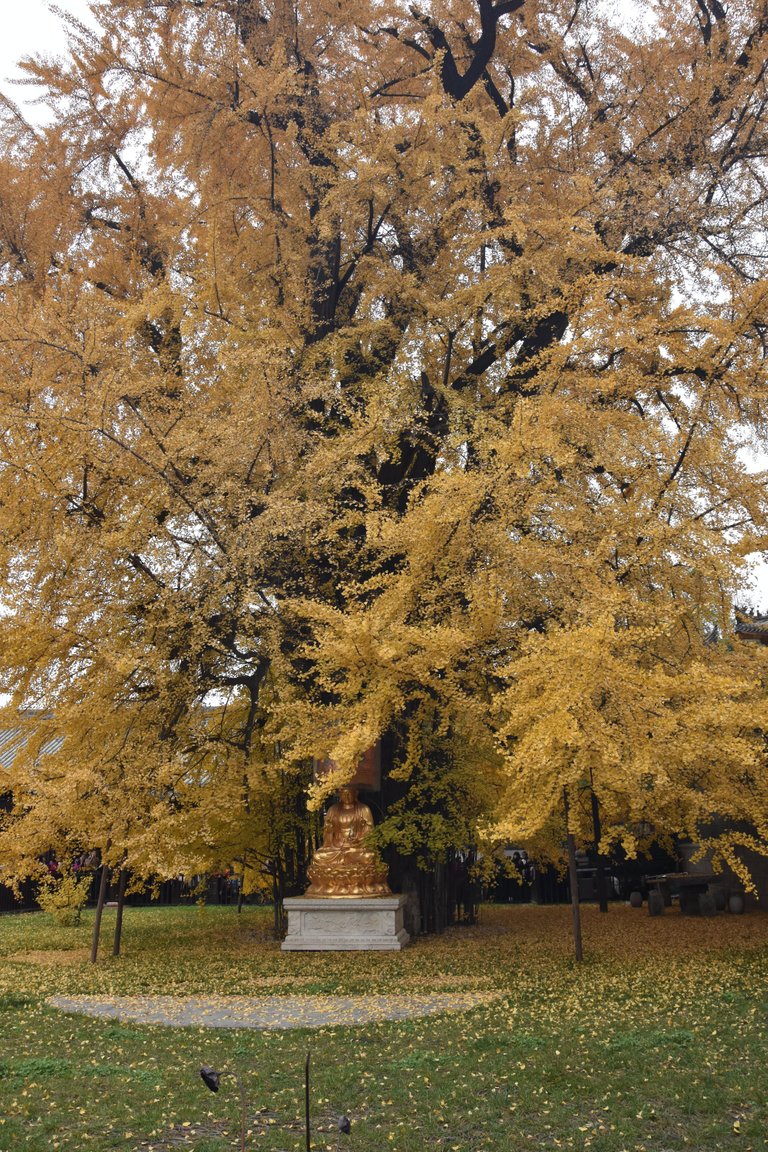
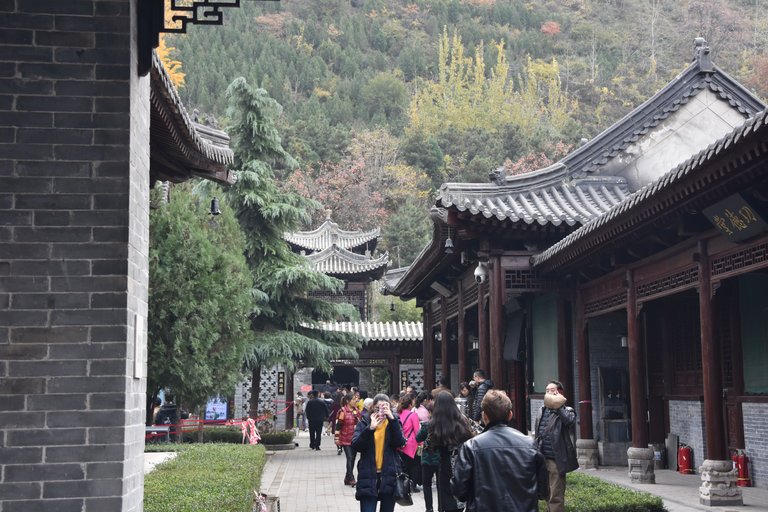
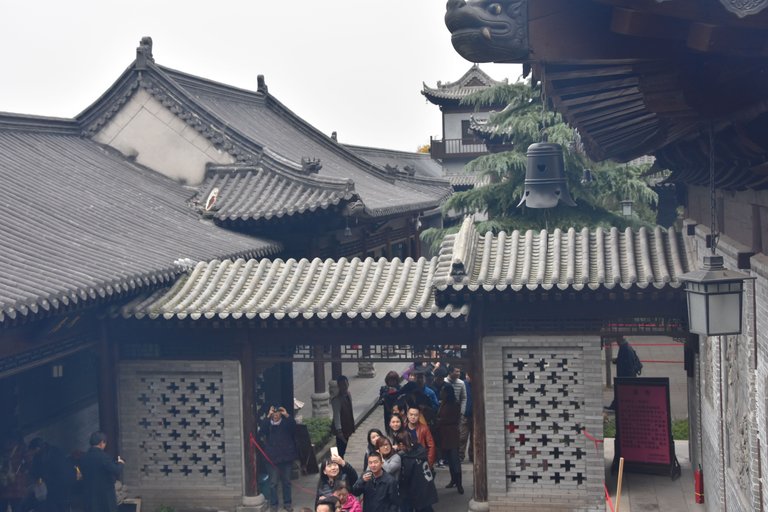
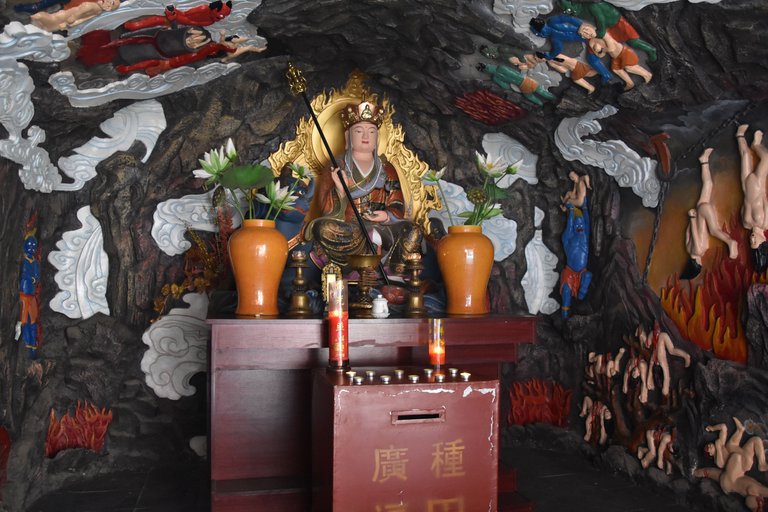
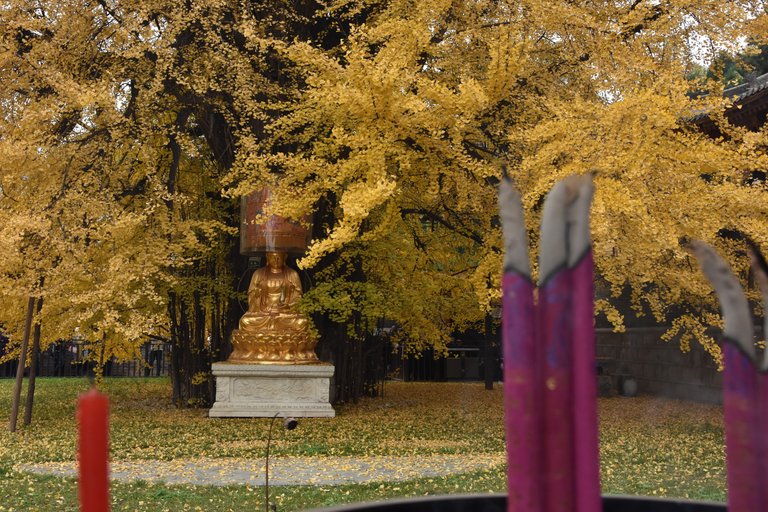
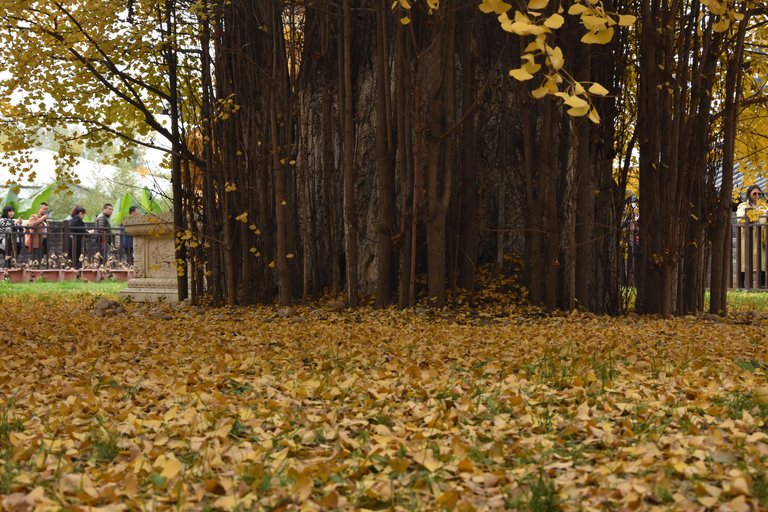

Congratulations @embassador! You have completed some achievement on Steemit and have been rewarded with new badge(s) :
Click on any badge to view your own Board of Honor on SteemitBoard.
For more information about SteemitBoard, click here
If you no longer want to receive notifications, reply to this comment with the word
STOP